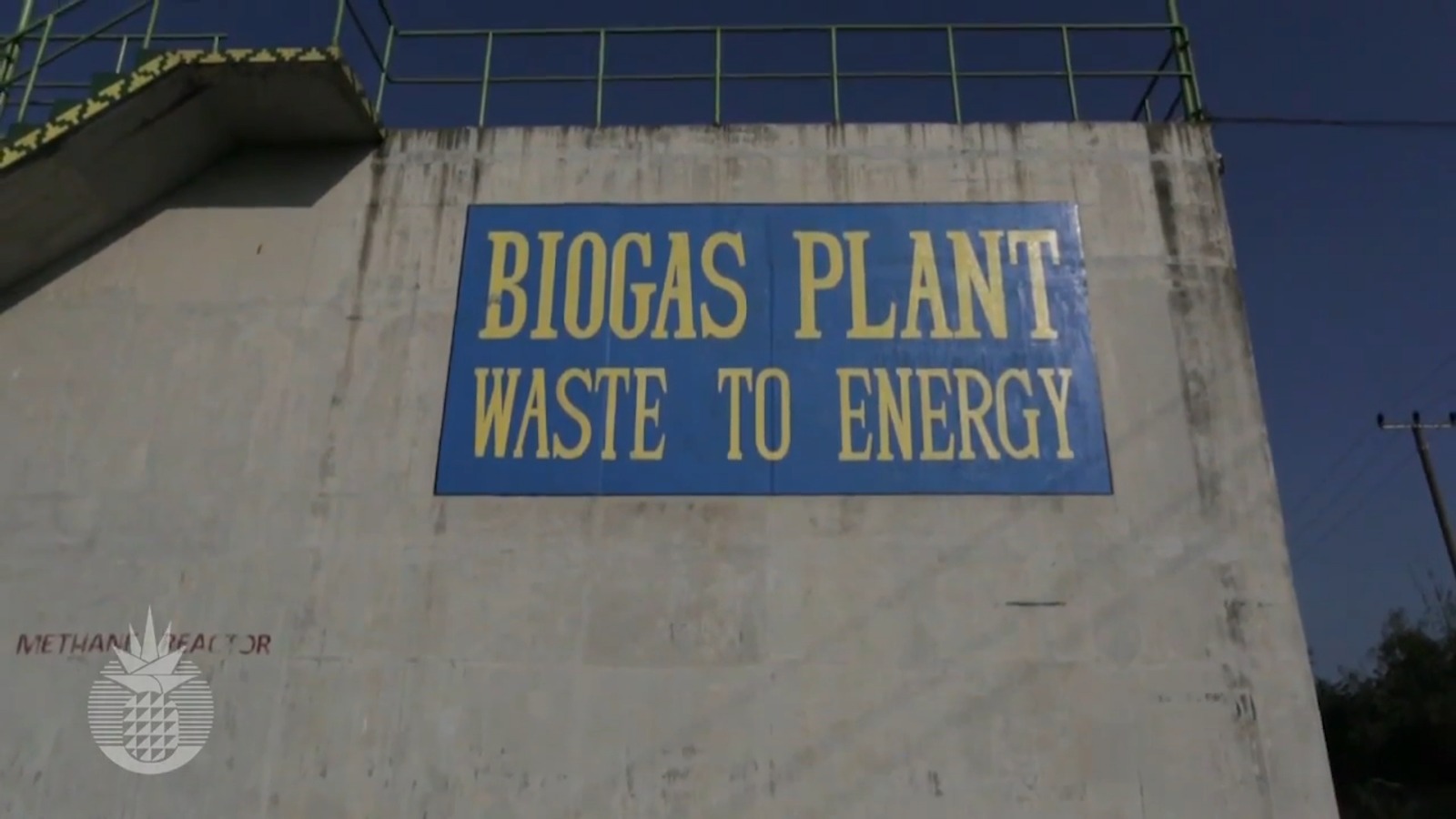There are several important aspects that need to be understood about Greenhouse Gases (GHG) or greenhouse gas emissions, particularly those originating from the combustion of fossil fuels.
In principle, the greenhouse effect works similarly to conditions inside a greenhouse—where the sun’s heat is trapped in the earth’s atmosphere, causing a rise in global temperatures. The gases responsible for capturing this heat are called greenhouse gases, which include carbon dioxide (CO₂), nitrous oxide (N₂O), and methane (CH₄).
According to Julius Sugarjanto, Sustainable Farming & Climate GGF, the company has long been paying close attention to the issue of greenhouse gases.
“The greenhouse effect is actually needed to regulate the earth’s temperature so that the difference between day and night is not too extreme. However, an excessive greenhouse effect causes global warming, where temperatures rise significantly. Surely this would be serious if people ignored it,” Julius explained.
In the agro-industrial agricultural sector, emissions arise not only from factories but also from upstream activities in plantations and farms. Fertilizer use—particularly nitrogen (N) fertilizers—plays a significant role, as their decomposition can release nitrous oxide (N₂O), one of the key greenhouse gases.
Another major contributor is methane gas (CH₄), which forms from the anaerobic decomposition of organic waste.
“Methane gas has 28 times the global warming potential of CO₂. With today’s large-scale agricultural activities, organic waste is produced in significant quantities, and if it undergoes anaerobic decay, it releases methane gas,” Julius added.
Julius emphasized that the three main greenhouse gases that must be managed are carbon dioxide, methane, and nitrous oxide. While CO₂ naturally forms through respiration and decomposition, massive human activity since the Industrial Revolution—including fossil fuel consumption in factories, transportation, and agriculture—has increased its concentration drastically.
At GGF, both plantations and factories contribute to emissions:
-
Plantations use nitrogen fertilizers.
-
Factories require energy, much of which still comes from fossil fuels.
Therefore, reducing emissions is a shared responsibility across all departments, not only the Sustainability team.
One of GGF’s strategic initiatives is the development of a Biogas Plant, designed not only to produce renewable energy but also to significantly cut emissions.
“The Biogas Plant is proof of our commitment. It has been proven to reduce greenhouse gas emissions compared to before it was built,” Julius concluded.
Through these efforts, GGF continues to strengthen its contribution to global climate action and the transition toward a more sustainable future.

